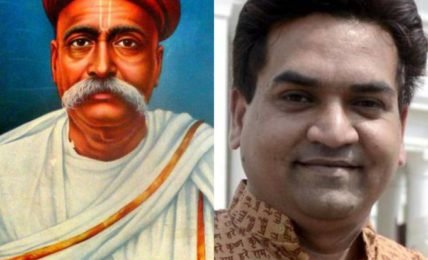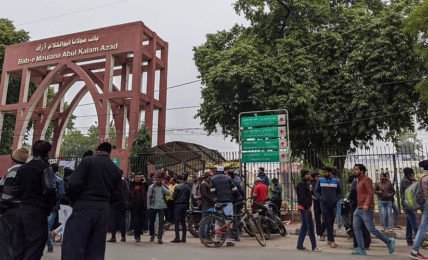Evangelist Church Offers Financial Aid For Having Five Or More Children in Kerala To Increase Christian Population
Family Apostolate of Pala diocese, Syro-Malabar Church in Kerala has launched scheme to offer a monthly financial assistance of Rs1,500 to couples who got married after 2000 and have five or more children to increase its population. Church to provide from fourth child onwards free delivery care, education for Christians in schools, colleges and hospitals run by the Church. While Hindu Temple funds are usurped by government!




